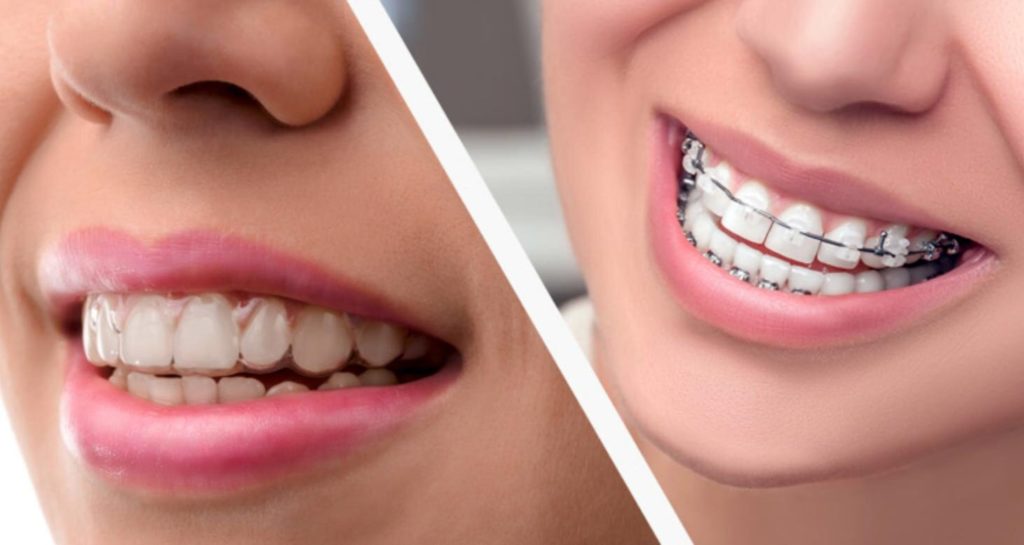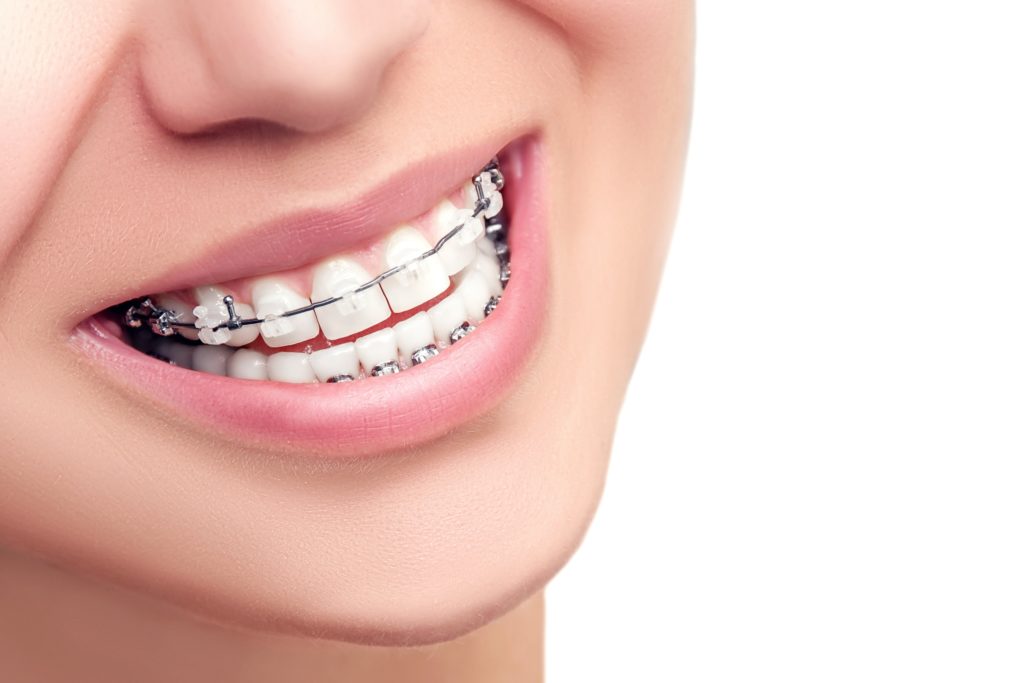November 18, 2021
The end of high school heralds the time wherein your child will officially embark upon adulthood, meaning you’ll want to immortalize every moment you can during those final years.
And their senior pictures are especially likely to hold the attention of the whole family.
Consequently, it makes sense that you and/or your child feel particularly motivated to undergo orthodontic treatment — and have it finished — by the time they step in front of the camera. And if that’s a priority, here’s what you need to keep in mind in terms of timing:
The Early Bird Gets… The Perfect Smile
When it comes to orthodontic treatment, it’s common for parents to wonder: How early is too early? Well, that depends.
“Even though most people think of pre-teens and teens when they think of orthodontics, there are good reasons your child should get an orthodontic evaluation much sooner,” according to the American Association of Orthodontists (AAO). “[The AAO] recommends a check-up with an orthodontic specialist no later than age 7.”
Of course, if your child receives orthodontic care earlier in life, they are more likely to have their bright smiles in correct alignment by the mid-teens. Thus, if your goal is to optimize their grin before it’s time for their senior photos, today is never a bad day to get the ball rolling!
Strategizing Pediatric Care
According to Nemours Kids Health, the length of time a child may spend with brackets and wires is dependent upon the specific types of misalignments the orthodontist is trying to fix. However, “the average [length of time] is about two years.”
In many cases, young patients with Invisalign or other forms of clear aligners — like our own Simply SouthShore aligners — may also take up to 12 to 18 months to reach the completion of their treatment plan. That being said, in these cases, a student may require a smaller timeframe of treatment time, as aligners are typically used to correct less extensive abnormalities.
Simply put, if your child starts their orthodontic treatment in their teen years, we recommend that you begin the process between the ages of 14 and 16. This way, should they need up to two years of treatment, their braces should be off before the start of their senior year.
Timely Solutions With SouthShore
From the initial consultation where you’re brimming with questions to the final treatment day where you’re ready to see your child emerge from brackets and wires, here at SouthShore Orthodontics, we’re ready to help your whole family achieve their picture-perfect smiles.
We offer traditional braces, ceramic braces, and various options for clear aligners to ensure you can undergo the most efficient and effective care possible.
So, are you ready to learn more or schedule an appointment? Then it’s time to contact the team here at SouthShore Orthodontics by calling (813) 815-0080! We offer exceptional results in a welcoming environment, and we can’t wait to both straighten and brighten your smile.








